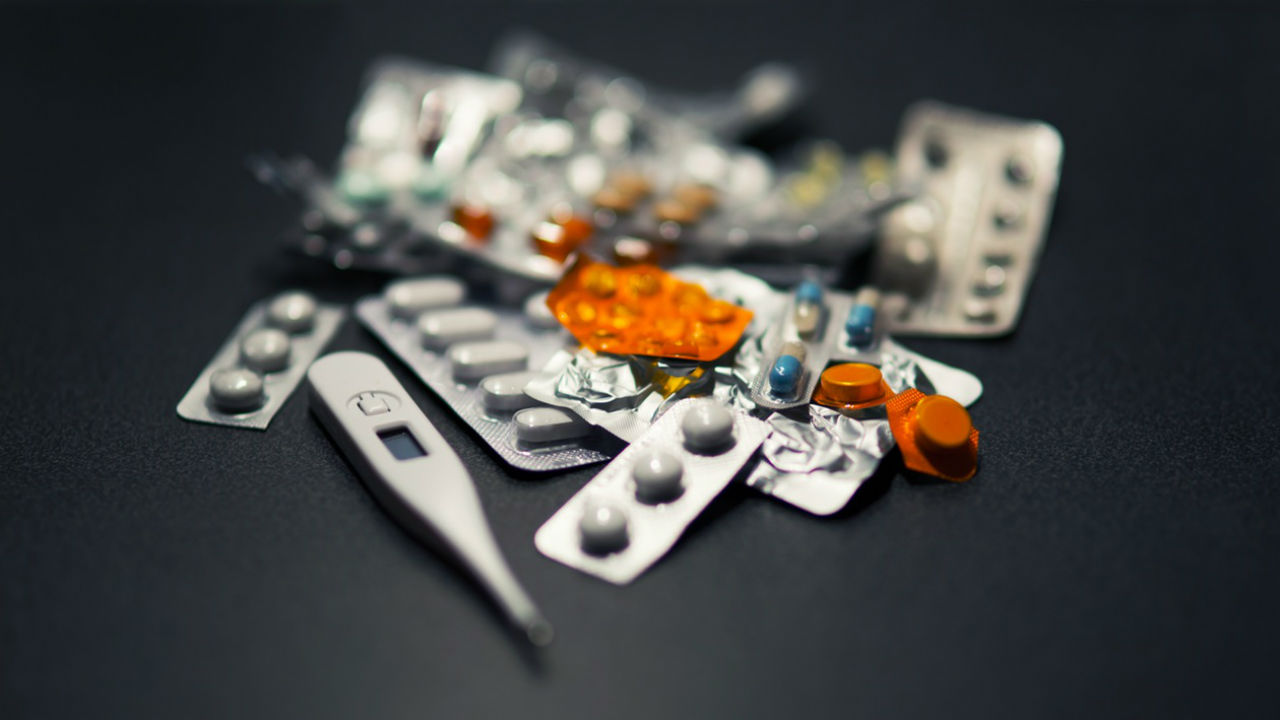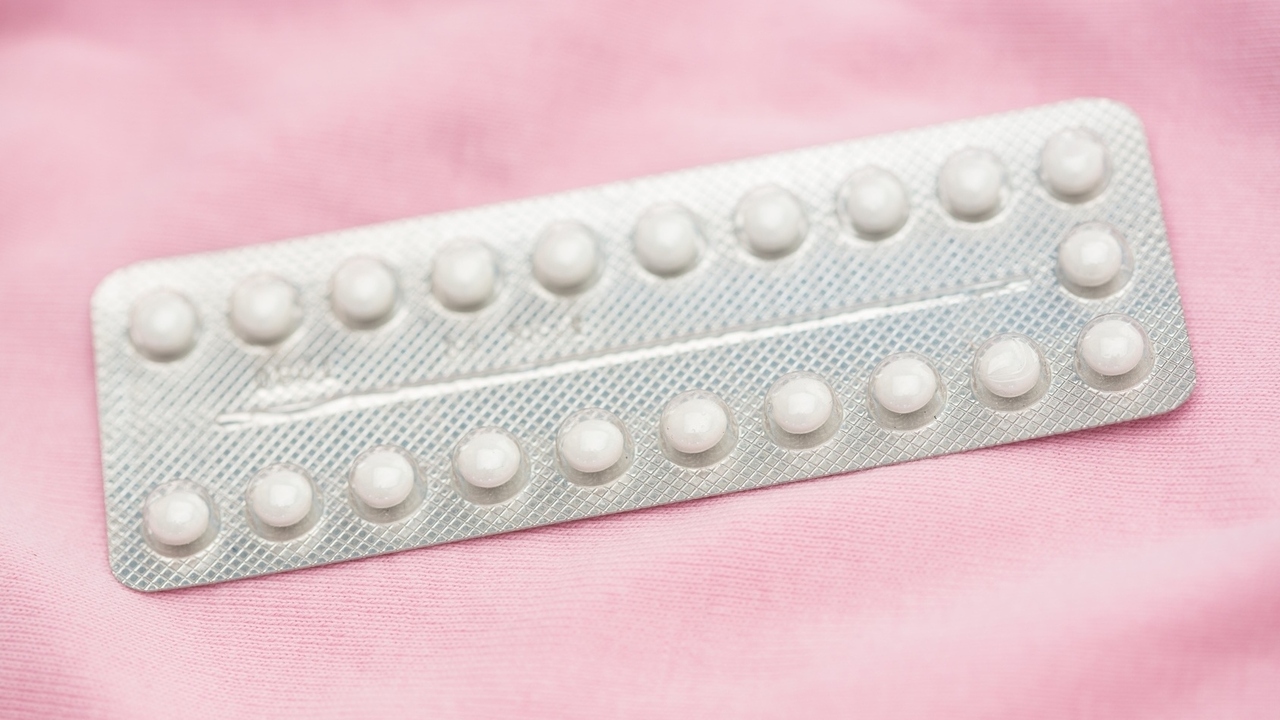Your daughter is growing up and she is having frequent headaches and cramps. You feel helpless and wish you could do something. Don’t worry. Every mother feels this way. In fact, you experience the same symptoms, too.
Why don’t men have to deal with PMS? Anyways, let’s not get into the gender talk now. This month, we have PMS for all the ladies out here. Let’s discuss the painful aspect of what happens when “those days” come and what you should do.
Whether it’s you or your daughter, here is what you should know about premenstrual syndrome…
Premenstrual syndrome is a condition where a woman’s body undergoes physical, mental and psychological changes for some time. Don’t worry. It’s not you. It’s your hormones. Premenstrual syndrome starts when the reproductive stage of a woman’s life begins (marked by menarche, the first menstrual cycle) and continues until she loses her reproductive ability (marked by menopause).
I advise my clients to keep a diary where they can record their day-to-day feelings including any unknown pains. If you maintain a diary and note all what you did and experienced, you will notice that changes occur about a week before your monthly period. This may include unexplained abdominal pains, anxiety, depression, irritable attitude, weight gain, breast tenderness, swelling, and lots more.
Psychologically and physically, that’s a lot of stress. There is a much severe version of this syndrome known as premenstrual dysphoric disorder (PMDD), where symptoms exceed the average that occur in PMS. This is a serious state of mental disorder. To see if you are affected by PMDD, visit https://www.empowher.com/condition/pmdd.
The cause of PMS is not known but from a health specialist perspective, I believe it is due to the unbalanced level of female hormones, namely progesterone and estrogen. Your concern lies in unexplained mood swings, abdominal pain, nausea and other symptoms that come along with PMS. PMS leaves you and your daughter miserable for weeks in a month. The cycle continues, and within two weeks, the symptoms come back again!
The next two weeks ride in an unstable physical and psychological state. There has to be something that controls and prevents the symptoms from reaching its peak. If I go with the doctor’s prescription, you can get all the drugs to help alleviate your symptoms. But as a health educator and a health specialist, I can do much more than prescribing tablets and capsules. I can help you alleviate your symptoms without having you take any pill. Just follow the guidelines below to reap your natural benefits. These are tried and tested techniques that will give you more independence during “those days” than ever! Here is what you should do…
1. After your cycle is over, check your weight. Eat moderately. Your best bet is on fruits and vegetables. Try to eat them as much as you can. Munch all day on it. For a month, try getting the refined carbs and fatty foods out of your diet. You need to have control over yourself and the only way to do it is to understand yourself better. This is your chance! Don’t lose it!
2. Do moderate or light exercises. For a start, try jogging for 10 minutes in the morning and if you ever feel like doing more, extend the duration. Try doing this at least 3-4 times a week.
3. To be psychologically stable and prevent yourself from going cuckoo for the next two weeks, concentrate on the activities you love to do the most. This can be gardening, reading a book, or even listening to music. Reading a book is just a relief for me when my hormones are in a fix!
4. Try meditating at least 10 minutes a day to have a fresh mind.
5. When you are in your menstrual days, try to eat as many dark fruits and vegetables as you can. My choices are tomatoes, beetroot, and apples. Dark fruits and vegetables are rich in iron. During these days, our red blood cell count is low and a reduction in the RBC’s usually results in mood swings. All women need Iron.
6. Massage your lower abdomen a week before your menstrual date with olive oil. It relieves abdominal pains as well as makes you feel better.
7. Reduce your alcohol and caffeine intake.
8. Your sweet tooth is back! It always happens a week before your regular menstruation begins. You think that all you need is a chocolate bar to satisfy your cravings! Resist these cravings. Try having whole fruits such as apples, not juices to fulfill your sugar cravings.
9. Drink lots of water. Two liters per day is a start. You can drink as much as three liters without any harm, if you don’t mind attending your bathroom frequently.
10. Last, but not the least, be happy! Keep smiling! Take a moment to thank God for who you are and your PMS is gone!
So, the next time you or your daughter experiences PMS symptoms, you know what to do. You don’t have to be clueless or stand in a queue for a doctor’s appointment. Now you can say bye-bye to the “PMS blues” and welcome a whole new you!






Add a CommentComments
There are no comments yet. Be the first one and get the conversation started!